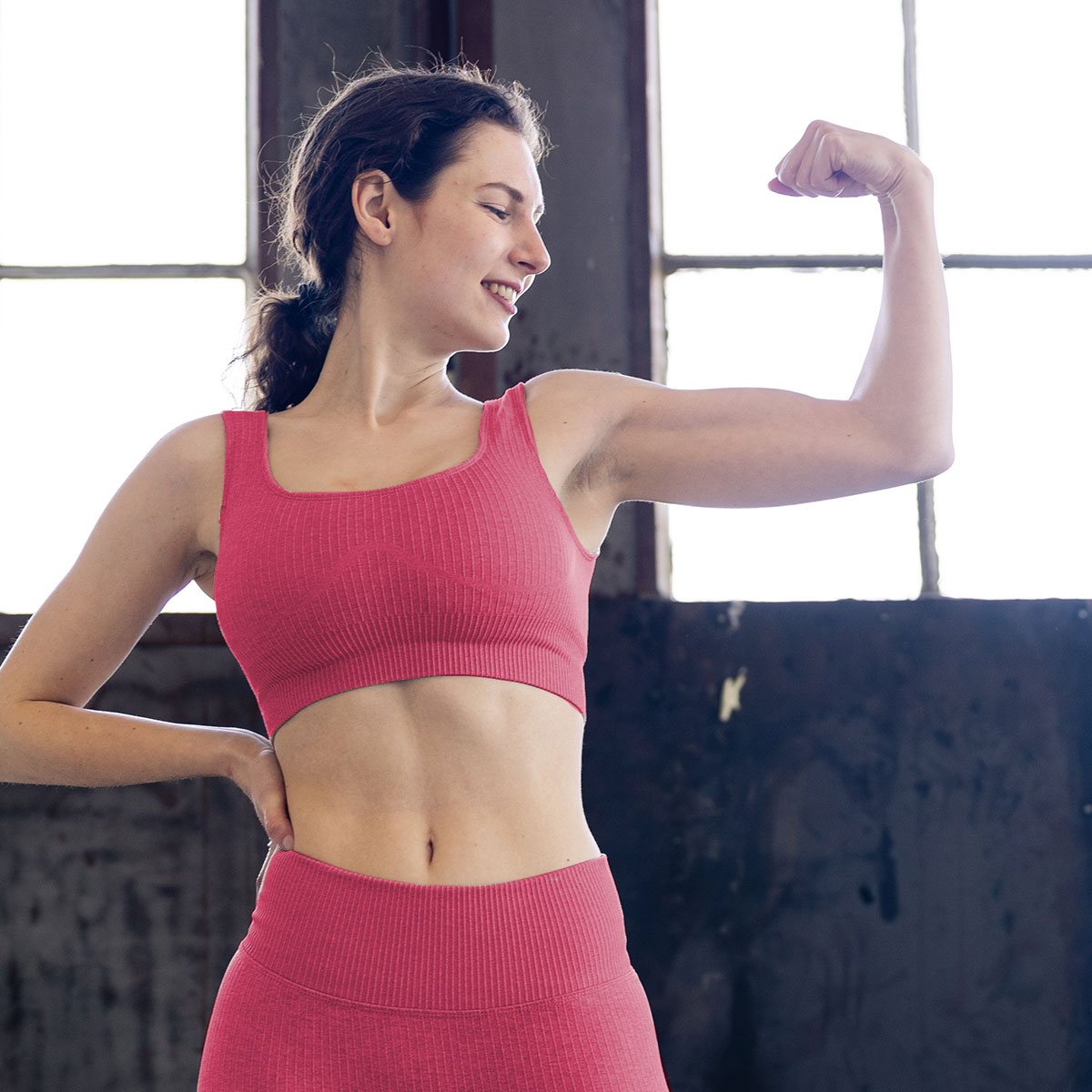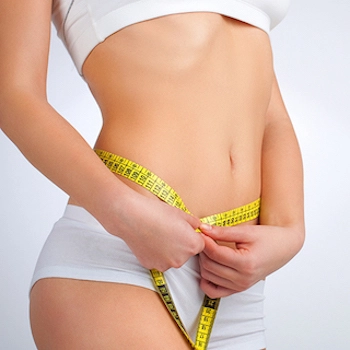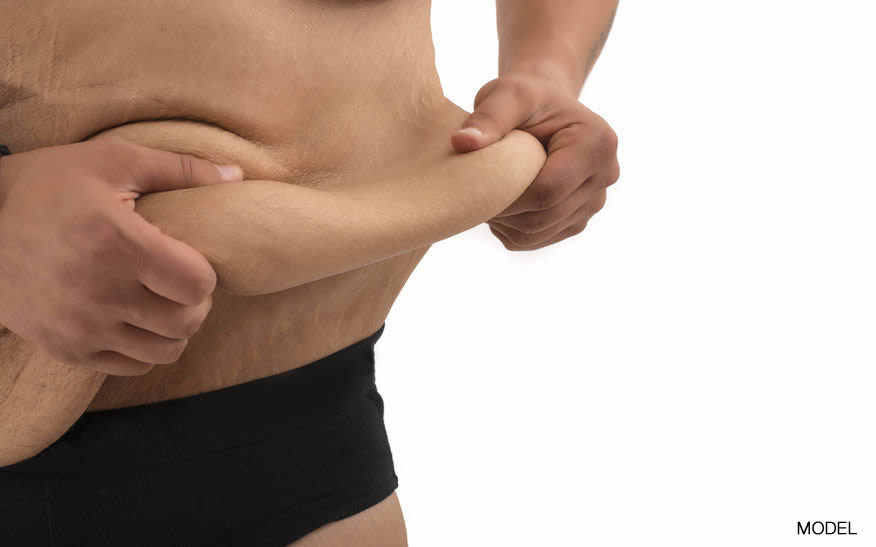Some trends enter the beauty zeitgeist overnight, infiltrating our social media feeds for a short while before returning to oblivion. Then there are the mainstays – those that slice through the buzz and carve out their place as a decade-defining beauty movement. Think 90s over-plucked brows, noughties D-Cup boob jobs, and now, our fixation with lip fillers.
But you knew that already. You’re living in the age of the ‘lip job’, with the number of Google searches for lip fillers in the UK 10 times higher than the figure from 2012 and lip augmentation proving the most popular non-surgical cosmetic treatment of 2016, according to whatclinic.com.
Lip augmentation was the most popular non-surgical cosmetic treatment of 2016.
But how did fillers move on from their ‘trout pout’ reputation to the modern working woman’s’ ‘tweakment’ of choice? These days, it seems plumping one’s lips with a syringe full of filler is as routine as teeth whitening and as easy to fit into your lunch break as a shellac manicure.
Scroll through Instagram and you’d be forgiven for thinking our obsession with pouting perfection is a recent phenomenon. In fact, it supersedes the millennial era, with the American Society of Plastic Surgeons’ 2016 report highlighting an increase of 50% in lip augmentations for 18 to 55-plus-year-olds between 2000 and 2016.
‘The American Society of Plastic Surgeons highlighted an increase of 50% in lip augmentations for 18 to 55-plus-year-olds between 2000 and 2016.’
Angelina Jolie certainly piqued our interest (and envy) for the naturally plump lip in 2000 with the release of Girl, Interrupted, but it was 16 years later that one 17-year-old reality TV star truly cemented the world’s burgeoning obsession with augmentation.
In May 2015, a preview episode of Keeping Up With The Kardashians aired, in which Khloé Kardashian asked her youngest sister, Kylie Jenner (aged 17 at the time), about her enhanced lips. As a result, Google searches for lip fillers peaked globally, and one London clinic reported a 70% rise in enquiries over the next 24 hours.
Jenner had previously sworn her lips were simply a make-up trick. But why? ‘I’m just not ready to talk to reporters about my lips yet’, she said. ‘People are so quick to judge me on everything.’ She makes a valid point – our social media culture and the anonymity it offers means we’re unashamedly quick to judge, call out or comment if someone – particularly another woman – has had ‘work done’.
Indeed, in this instance we did, but what was arguably more interesting was the admiration of those wishing to emulate the look; admiration that helped Jenner build an empire – she launched her debut line of Lip Kits that same August, which sold out and subsequently sparked a thousand imitations. No longer fazed by the judgement, Jenner’s venture into into cosmetics helped make her the youngest ever person featured on the Forbes Celebrity 100 list.
Leading cosmetic Doctor (and go-to for the beauty industry), Dr Frances Prenna Jones noticed a surge in demand for lip fillers in her clinic around a similar time, with a steady rise ever since. ‘Women of all ages enter my clinic for cosmetic lip treatments; half want a “natural” aesthetic, while the other half still ask for a “Kylie Jenner” look.’
Does she find this surprising, considering her clientele is made up of such a broad range of working women? ‘I’m continually blown away by the sheer volume of women asking for this; Kylie Jenner’s influence is undeniable.’
Sadly the quest for lip perfection isn’t always so straightforward, with lack of regulations leaving women at risk of botch jobs. ‘These treatments are now very straightforward and dangerous side effects are extremely rare,’ Dr Prenna Jones explains, ‘but should an issue such as anaphylaxis, occlusion of blood vessels, allergic reactions or extreme swelling occur, I personally don’t believe anyone other than a doctor, who is governed by strict rules and regulations, would be best suited to dealing with and rectifying such issues.’
Save spas and beauty salons for facials – never (ever, ever) fillers – and choose your doctor wisely. The one question Dr Prenna Jones recommends asking your practitioner? ‘How many times have you done this before?’
‘The one question Dr Prenna Jones recommends asking your practitioner? “How many times have you done this before?”‘
The good news: where there’s demand, there’s supply. Cue a wave of innovative products and treatments appearing in clinics over the past year. One such treatment is, the Lip Smoothie, spearheaded by medical doctor and specialist dermatologist, Dr Stefanie Williams of Eudelo London.
It involves taking a small amount of the patient’s blood and placing it into a centrifuge extractor to produce a platelet-rich plasma (or PRP). Post development, it’s mixed with hyaluronic acid before injecting into lips. The result? Aside from instant fullness, it stimulates tissue regeneration by kicking your stem cells into gear, which prevents loss of plumpness down the line.
For those concerned with outline as much as size, Dr Tijion Esho of The ESHO Clinic has pioneered the Cupid’s Bow Lift, whereby micro threads are passed through the philtrum (the vertical groove in the middle area of the upper lip) for a ‘subtle, natural-looking resting pout.’
If softness and improved texture are your end game there’s Volbella – a dermal filler treatment by Dr Bernard Hayot, which can be injected superficially under the mucosa membrane to smooth out dehydrated-looking lips without plumping. More intriguing still, if injected into lips for fullness, it doubles up as a shine-booster due to it’s higher concentration of hyaluronic acid, which boosts hydration the dermis (the deep living tissue beneath the skin’s surface, where all the real work goes on). A semi-permanent lip-gloss of sorts, this will set you back £400.
‘Lips are big business,’ says Emma Grace Bailey, Associate Beauty Editor at global trend-forecasting company WGSN, ‘Whilst some might opt for the more permanent mimicry of fillers, brands are also realising the need for less invasive solutions. Treatment-based formulas have been appearing on the market over the past few months, targeting those looking for temporary enhancements. These include Verso’s Lip Serum, which contains Retinol 8 and stabilised vitamin A, and Dr Brandt’s 3D Lip Plump Fix, which helps stimulate fat cells to maintain and enhance fullness.’ Delivering clever concepts for an equally savvy consumer.
And if needles, short-term plumping products and wishful thinking aren’t your thing, there’s always make-up. The easiest trick in the book is a reflective gloss or pearlescent highlighter in the centre of the lips and atop the Cupid’s bow – attracting light to all the right places.
Dior’s new Rouge Dior Double Rouge Lipsticks do the job for you by tracing the outer edge of lips with a deeper shade and the inside with a complimentary pop of lighter metallic. ‘It all comes down to the right colour combinations of the matte and the metallic, of which we tried hundreds,’ explains their creator and Dior Make-Up’s creative and image director, Peter Philips.
Volume and fullness are most frequently top of the lip wish list, but there’s another, more surprising element of the lip movement that’s only just beginning to enter the conversation: lip reduction. In the same report from the America Society of Plastic Surgeons, figures revealed that lip reduction surgery is dramatically on the rise – with an increase of 283% from 2015 to 2016, covering 3,547 operations in the US alone.
‘Volume and fullness are most frequently top of the lip wish list.’
Unlike hyaluronic acid lip fillers – which the body can easily break down over a period of four to six months – this procedure is invasive, irreversible and requires local anaesthesia. Certainly not something to be taken lightly, it involves removing skin from the wet-dry border of the lips (or vermillion), before stiches are used to create a new lip line and shape. Aside from decreasing size, patients can opt for reduction to help remove insoluble permanent fillers gone wrong (entirely different to your standard injectable filler).
You need only search #LipReduction on Instagram to see nearly 6,000 posts dedicated to before and after results. Although not entirely new – Thailand-based dermatologist Dr. Nuttae Nuttapon confirms its popularity in Asia around five to 10 years ago – it’s the wider and escalating appeal that’s significant. Our obsession with lips goes far beyond the Kylie aesthetic – but to what end?
Throughout history, women’s relationships with their own beauty standards have been tumultuous – and that includes lips. Beauty ideals are ever changing, and while we may not know what the future of our face holds, it’s clear that – for now at least – lip alteration is on the cosmetic agenda more than ever before, as is the conversation around it. Bigger, plumper, smaller, glossier – we clearly want our mouths to make a statement before we actually open our lips, let’s just make sure it’s a positive one.
Tempted by lip fillers but want all the facts first? Dr Frances Prenna Jones answers Google’s most-searched questions…
What are lip fillers?
The filler itself a hyaluronic acid molecule, which is a naturally occurring compound in the body that attracts water and can hold up to 1,000 times its own weight. Injected, this results in a plumper, fuller lip effect.
Can anyone get them?
For fillers, Botox and both invasive and non-invasive procedures, patients need to be aged 18. Plus, no clinical studies have ever proven that it’s OK to undergo treatment when pregnant, when fluctuating hormones make it more difficult to predict results.
How long do lip fillers last?
It depends on the product, the patient and a number of other factors. As a ballpark figure the first time should last four to six months and after that can be anything from nine months-plus. Longevity can depend on the person’s metabolic rate and age.
What’s the healing time?
There is no healing as such, although swelling might occur in a few cases for around 24 to 48 hours. Most patients see the end result on the same day with very little swelling, as long as they’ve been to a reputable practitioner. If swelling should occur, we use ice cubes wrapped in gauze to cool the area to prevent bruising and help reduce swelling.
How much do lip fillers cost?
It varies depending on the practitioner and product, but you can expect anything from £250 to beyond £1,500. You should think of it a little like a hairdresser – you are paying for the expertise of the practitioner rather than the actual product.
What if you’re not happy with the results?
Go back as soon as possible to reverse the result. We use an eraser enzyme that instantly dissolves the filler, returning your lips to their natural shape and form.
Source: Lip Fillers – Why We’re So Obsessed With The Perfect Pout






